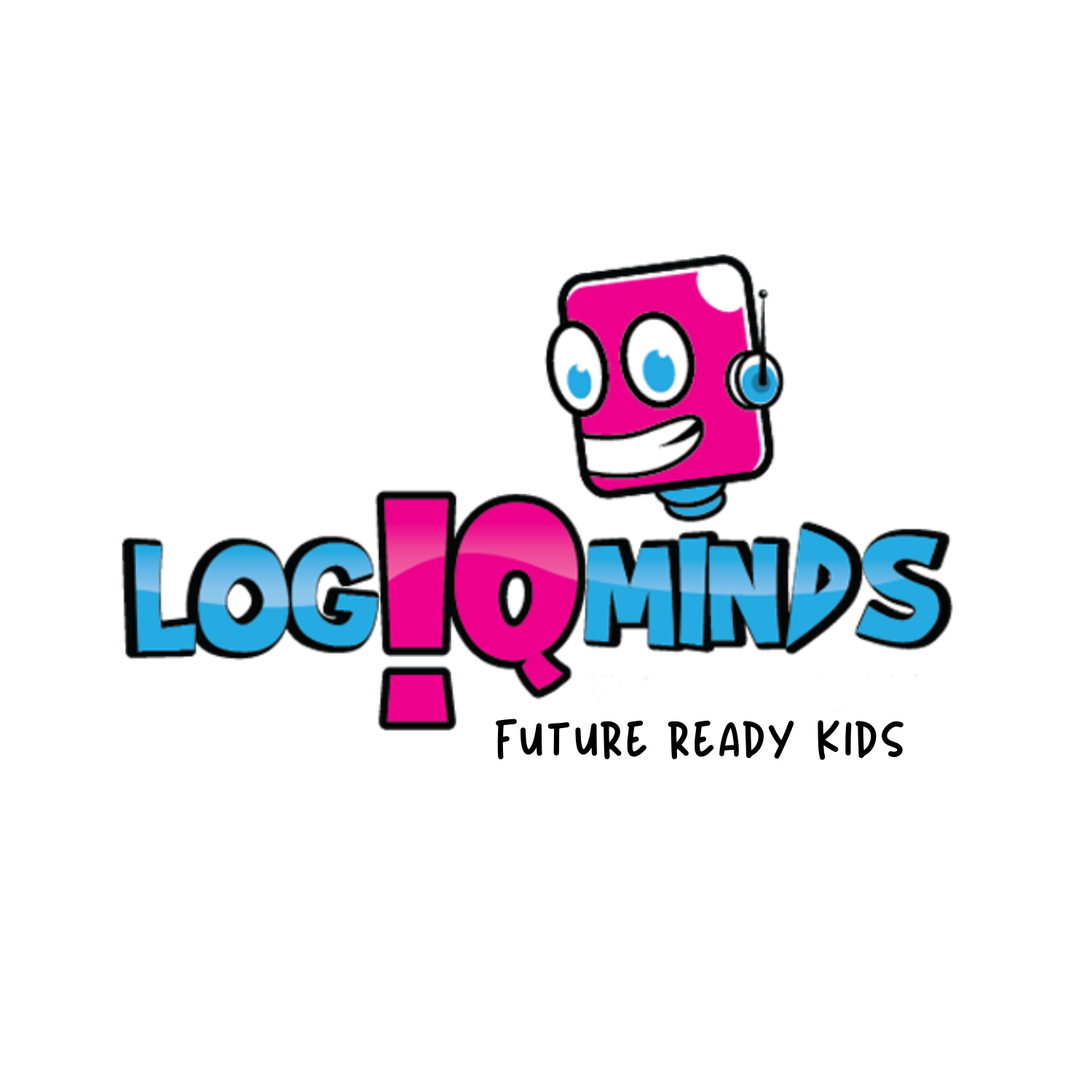Why do 21st-century skills require interactive learning?
We all have fairly discussed a lot about 21st-century skills and why kids need to master them. However, what we also need to discuss is the perfect mode of imparting these skills. Unlike traditional learning, 21st-century skills require a holistic approach to learning. It demands more practical tactics than theoretical ones. The flow of communication between teachers and students must be flexible and productive. Hence, being interactive.
Interactive learning aims to actively involve students in the process of learning, frequently with the aid of technology. This contrasts with less active strategies like the conventional lecture. It ensures that students other than gaining knowledge of the subject also get to experience the skillset.
Interactive learning is thought to be the most effective method, particularly for new-age skills. The explanation is that classroom instruction emphasizes experiential learning and the hands-on application of knowledge. The rote memory of facts, figures, and equations is the basis of passive learning. In contrast, interactive learning gives students the chance to participate in the debate using technology (online reading and math programs, for instance) or group role-playing exercises in the classroom.
The development of critical thinking abilities, which are essential for the growth of analytic reasoning and a crucial new-age skill, is facilitated by interactive learning in addition to involving kids who have grown up in an overstimulated world. Instead of just repeating facts from memory, a child who can use logic and imagination to explore an open-ended inquiry is being taught how to make decisions. Additionally, interactive learning teaches kids how to cooperate and function well in groups—a crucial skill as job structures shift to emphasize teamwork.
Check LogiQminds today for such interactive classroom sessions.


